
The development of a neighborhood should develop the community in it
Audio, Illustrations, Web Design & Video by Ariama Long
Not in my backyard
has always had an us versus them mentality, even when the people arguing all live and work together in the same space. In Flatbush Brooklyn, a hotel development has seemingly split the neighborhood. It’s community versus developer and neighbor versus neighbor.
Construction workers were bundled in hard hats and thick coats, eating breakfast on the side of Kings Highway in Flatbush, Brooklyn, New York. It was a cold and windy November day. The wooden barriers and chained dark green doors at the hotel construction site kept the TV crews and protesters out on the sidewalk.
Councilman of the 45th District Jumaane Williams and Assemblywoman Helene Weinstein are at the protest.
This is not an area for hotels.
–Councilman Jumaane Williams

November 21st, community board 18 held their monthly meeting at 1097 Bergen Ave., usually packed with concerned residents. Towards the end of the meeting, District Manager Dorothy “Dottie” Turano gave the latest update on the site development. She openly supported the council-members and community leaders that protested against the hotel going up.
We were standing at a bulldozed land plot. Vacant but for the drills, machinery and bits of concrete already poured as a base for a building. One half of the plot is set to be a Target, the other half is to be built into this transient hotel, which is the official language used in the paperwork. It means people who stay there pay by the hour or day and shouldn’t have permanent residence. But like council member Williams says, he’s concerned that some rooms will actually be rented out to the city to house homeless people and thus become a “homeless” or “hot sheet” hotel.

There are 11 official mens and family shelters in the immediate area, two of which are transient hotels. And this is by no means a new practice — homeless hotels have been around since the early 80’s.
According to the community, the developer, Manish S. Savani, and contractor, Tejpal Singh Sandhu have not been as cooperative with the community as the Target contractor, who is building on the other half of the plot.
The Stats
- Between 2007 and 2016, the number of
individuals experiencing homelessness
increased in 24 states. The largest increase
was in New York (7,259 more people), a 26
percent rise. Other states that saw large
increases were Hawaii (1,255 more people) and
Washington (611 more people). - On a single night in January 2016 half of all people experiencing homelessness did so in one of five states: California (22% or 118,142 people); New York (16% or 86,352 people); Florida (6% or 33,559 people); Texas (4% or 23,122 people); and Washington (4% or 20,827 people).
- New York City had a substantial share of all family homelessness in the U.S., with 23 percent or 44,558 people experiencing homelessness in families with children.
- After Los Angeles, New York reported the second largest increase, with 2,159 more individuals experiencing homelessness in 2017. This increase was evenly split between people staying in sheltered and unsheltered locations
- Over the past ten years in New York City, there has been a marked trend of increased hotel development in M1 districts. Outside Manhattan, 36% of hotel rooms have been delivered in M1 districts and 60 percent in Commercial or Special Use districts.
- M1 district hotel development in Brooklyn and Queens is clustered around just a few areas. Hotels that are being built in M1 districts outside of Manhattan are decidedly skewed towards the Economy and Midscale compared to the 57 percent of the room inventory in Manhattan that is Upscale and 16 percent Luxury. Hotels such as Econolodge, Rodeway Inn, or Days Inn.
https://www.hudexchange.info/resources/documents/2016-AHAR-Part-1.pdf
https://www.hudexchange.info/resources/documents/2017-AHAR-Part-1.pdf
Many parts of the city are fighting gentrification from outsiders, like the Amazon headquarters in Long Island City. New York still rates among the highest for homeless and unsheltered people in major cities, even with about 2 percent decrease from 2007 to 2016 in homeless individuals according to The Department of Housing’s 2016 Annual Homeless Assessment Report (AHAR) to Congress. Affordable housing is necessary.
In Flatbush, 15 percent of residents have incomes below the NYC government poverty threshold as reported by the Community District 18 Profile. They’re fighting both homelessness and gentrification from within.

The type of property the hotel is on is called M1. M1 means instead of building more houses, it’s a commercial or business zone. Developers use ‘As of right,’ another technical term, to build whatever they want as long as a building complies with all the zoning regulations. Most developments and enlargements in the city are as-of-right.
What many people are upset about is that developers don’t need to tell anyone about their plans for a building, like the community board or council members, as long as their application is approved by the City Planning Commission or Board of Standards and Appeals. Councilman Williams passed a bill against it. It’s an assumed practice to at least say something as a courtesy to the residents.
Gerard Brewster, founder of the community group Utica 2 Flatbush, said because his neighborhood is mainly Black and low-income, it’s being disrespected.
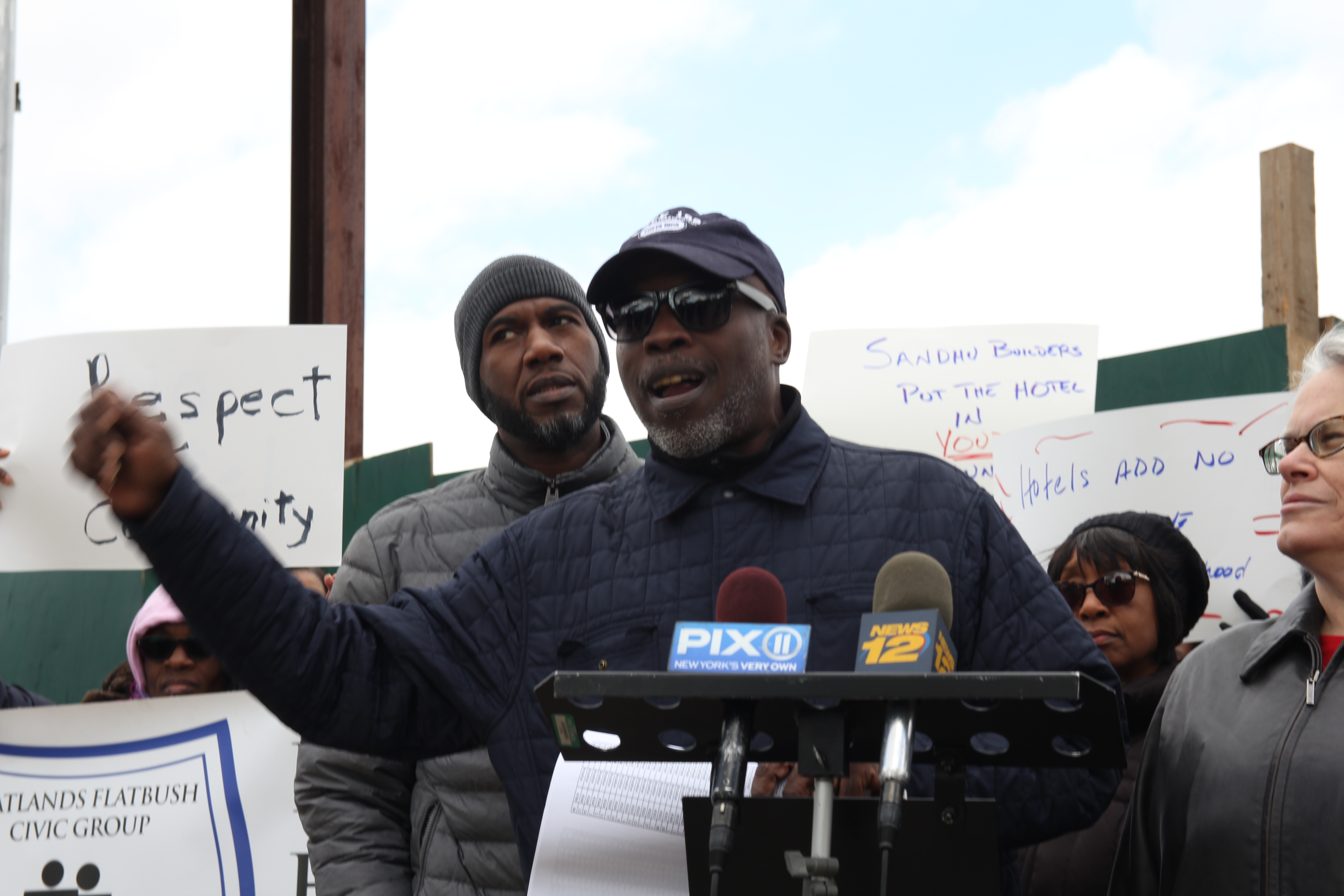
To understand the unique race, class, and industrial conflict the neighborhood is facing with this hotel going up, we need to look at all aspects of the neighborhood.
The History
For a deep dive into the history of the land plot and neighborhood, I went to The Brooklyn Public Library’s local history division, The Brooklyn Collection. Archivists Diana Bowers-Smith and Sarah Quick walk me through the atlases, old newspapers, and digital databases there.
Once it was colonized by the Dutch in the 1650s, Kings Highway itself went from being a Native American trail to a major potato farming area and then to a royal mailing route and battle ground during the Revolutionary War. By 1890, the area was largely settled by Dutch estates.
One Brooklyn poet who grew up alongside the highway celebrated this history in her poems.
A footpath nothing more,
it wound it’s way past farms and meadows basking in the sun
A dreamy path where lovers chance to stray
and farmer’s drove their cows when day was done
The footpath grew and widened to a lane,
a highway then to let the king’s troops pass
and still a farm house holds a window pane
where hessian’s scratch their names upon the glass
Each homestead holds its legends, lover war,
and guards some relic crumbling, crude,
an old brass knocker on a Dutch farm door
A romance woven round a powder horn,
the rambling homesteads blink like aged seers
and watch their narrow, winding highway grow
They see a boulevard.
A pride of years that was just a dusty footpath long ago
Gertrude Ryder Bennett

The Wyckoff House
Eventually, this particular section of Kings Highway became an ice plant and coal yard because trains brought in industry by the 1910s and 20s.
One thing that these maps tell us about the specific blocks of Kings Highway is that there’s an industrial history here. So you know for example, we’ve got this map from 1929 in front of us and it shows an ice plant and a coal pocket and of course the railroad tracks running through. You know so that is an indication that yeah you’re probably not going to have a lot of high income individuals living in the vicinity of an ice plant, coal plant, or railroad track. So that kind of industrial also informs us about the class of the area.
–Diana Browers-Smith
When the immigration laws were eased in 1965, New York saw an influx of families and students from Caribbean countries, such as Jamaica, Haiti, and Trinidad. In the 1970s and 80s, the neighborhood shifted from a majorly Jewish, Irish, and Italian neighborhood into what it is today – 63 percent black in Flatbush and 87 percent in East Flatbush.

The transition from White to Black neighborhood was not an entirely peaceful transition. A spike in crime and race riots in the 90’s left its scars on the neighborhood and people of all backgrounds still have issues trusting one another.
And so here in Flatbush in order to fix the community’s homeless problem, the city can house people in this new hotel. But the hotel itself could bring gentrification and new corporate interest to the area.
If the hotel doesn’t serve the community, then who is it for?
In my 30-plus years of representing this community, not a soul has come to me to say, ‘We need a hotel.’ This is not an asset that our community has asked for, or needs.
–Assemblywoman Helene Weinstein
Flatbush-resident Jeffery “Idea” Anokam is conflicted about the hotel. The Nigerian street drummer and dollar-van owner, said this is a neighborhood where people like him feel culturally at home. A dollar van is apart of a local Caribbean-run transportation business with one or two vans, small buses, or vehicles carrying people up and down a major highway or boulevard–for 2 dollars.

He thinks its possible his business venture could prosper if a hotel opens up, and he also resonates with people who need the shelter because he has been in that situation before.
Even though Anokam was homeless himself, he fears ultimately corporate business will come in and take money away from him and others in the community. In that way, he and Brewster can agree that a hotel won’t benefit the disadvantaged people in their community.
Brewster insists that affordable housing, a recreational center, or a grocery store impacts the community differently than a pay by hour motel, a homeless shelter, or a chain store. And, that even though the building is in development he has no intention of giving up on this fight.
UPDATE: As of December 28, 2020, the area at 5244 Kings Highway in Brooklyn appears developed into a small hotel with a parking lot and Target on the rest of the property. Construction has been mostly completed.
On Saturday, July 10, 2021, the same advocates returned to protest a re-entry program for incarcerated individuals appointed to facilitate the hotel site by the Mayor’s office.

Meet The People
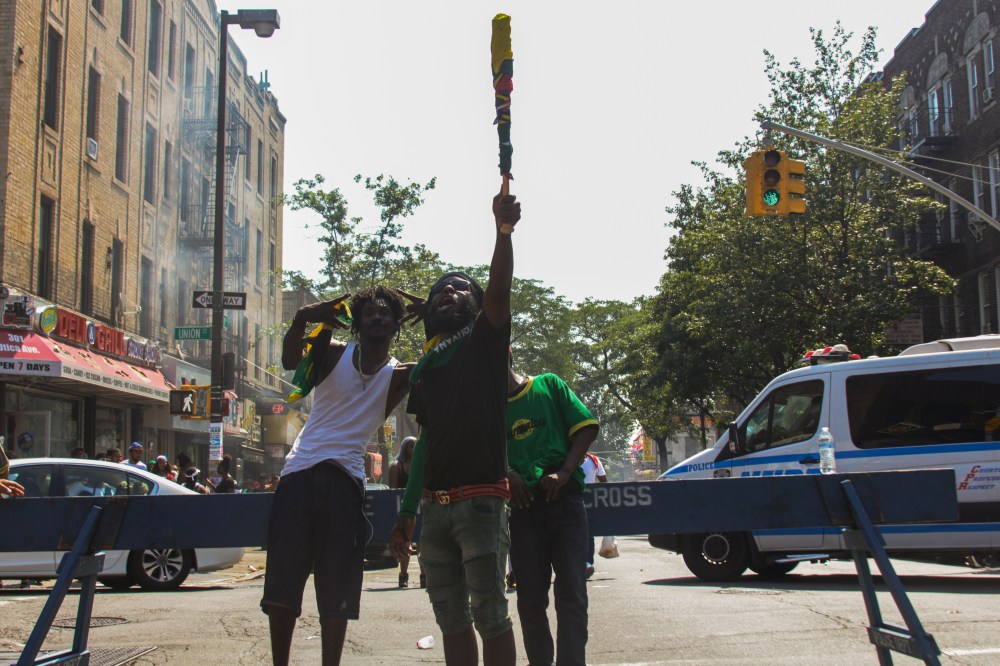
Labor Day Parade Brooklyn 2018 
Inside Halsey Bar and Grill 
Labor Day Parade 2018 
Assemblywoman Helene Weinstein
Jeffrey “Idea” Anokam
We comfortable in Brooklyn. It’s like Ellis Island for us, we comfortable. People from all over. That’s the first place they go. From wherever they from. They come they do they thing.
–Jeffrey “Idea” Anokam

This is Flatbush resident Jeffery “Idea” Anokam.
Jeffery is a 28-year-old Nigerian Street drummer and prefers to be addressed by his stage name, Idea.
Karmimadeebora McMillian
And we are now thank goodness in this time where people are wearing shirts ‘Flexin in My Complexion’ and are really excited about the color of their skin
–Karmimadeebora McMillian

Karmimadeebora MacMillian is an artist living in Flatbush. She uses her multimedia paintings and wooden carvings to highlight issues with culture and race. I go to visit her in her studio that also doubles as her apartment.
Gerard Brewster
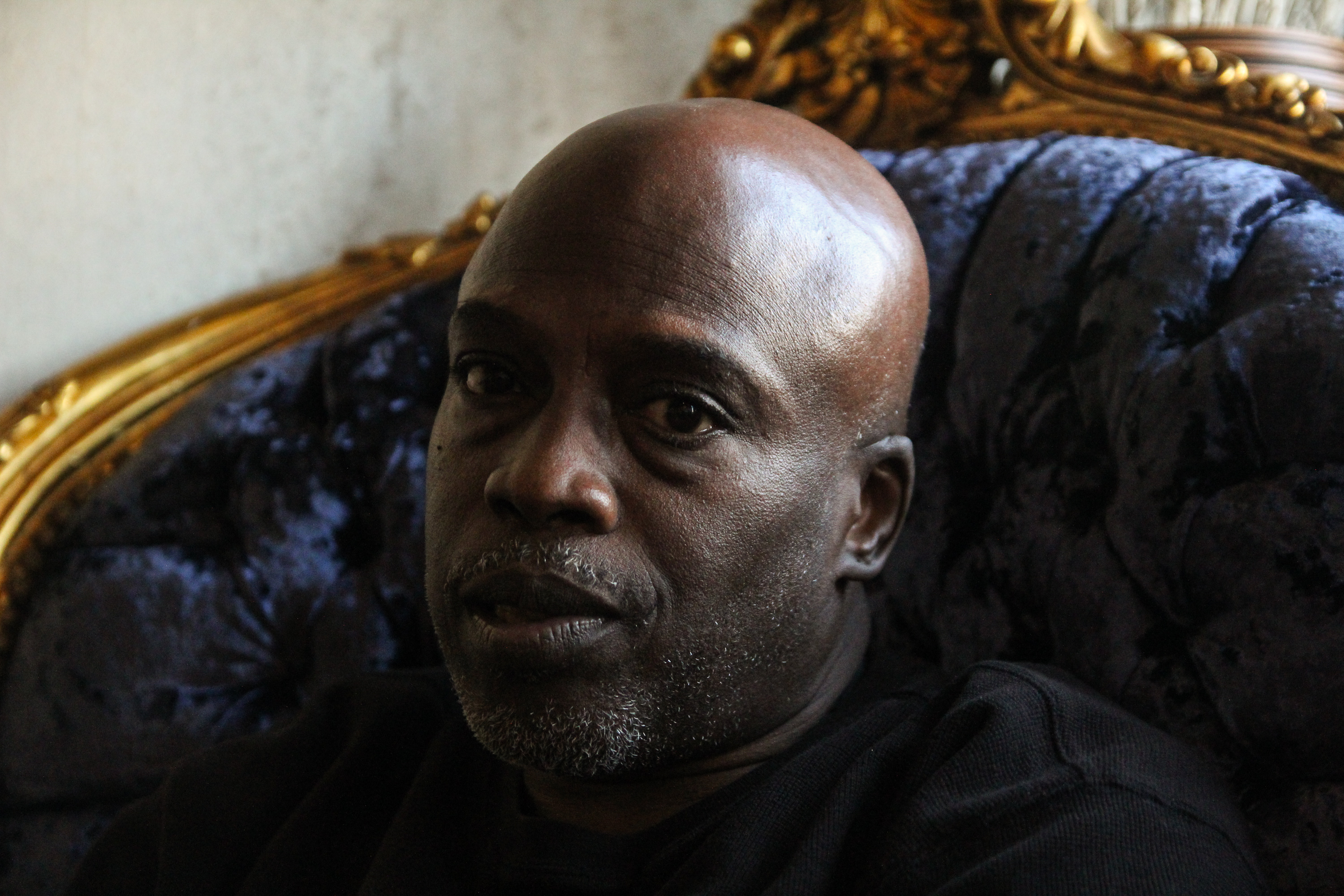
Gerard Brewster, founder of the community group Utica 2 Flatbush is spearheading the discussion about the transient hotel issue. I sat down with him at the Halsey Bar and Grill on Avenue H, where he holds many of his meetings.
–Gerard Brewster
Many of us come from a Caribbean background. We’re either first or second generation. Some cases we’re recently off the boat. And that’s my culture, that’s my community, and I like it here.
Credits
Thanks to all the participants and interviewees
Brooklyn Public Library’s local history division, The Brooklyn Collection
Utica 2 Flatbush
Flatbush Flatlands Civic Group
and the Newmark (CUNY) Grad School of Journalism
Don’t forget to
Share!
Comments
[…] am the American heartbreak—The rock on which FreedomStumped its toe …”-Langston […]
[…] the American heartbreak—The rock on which FreedomStumped its toe …”-Langston […]
[…] am the American heartbreak—The rock on which FreedomStumped its toe …”-Langston […]
what type of poem is this
Nepali meaning of the poem sending flowers
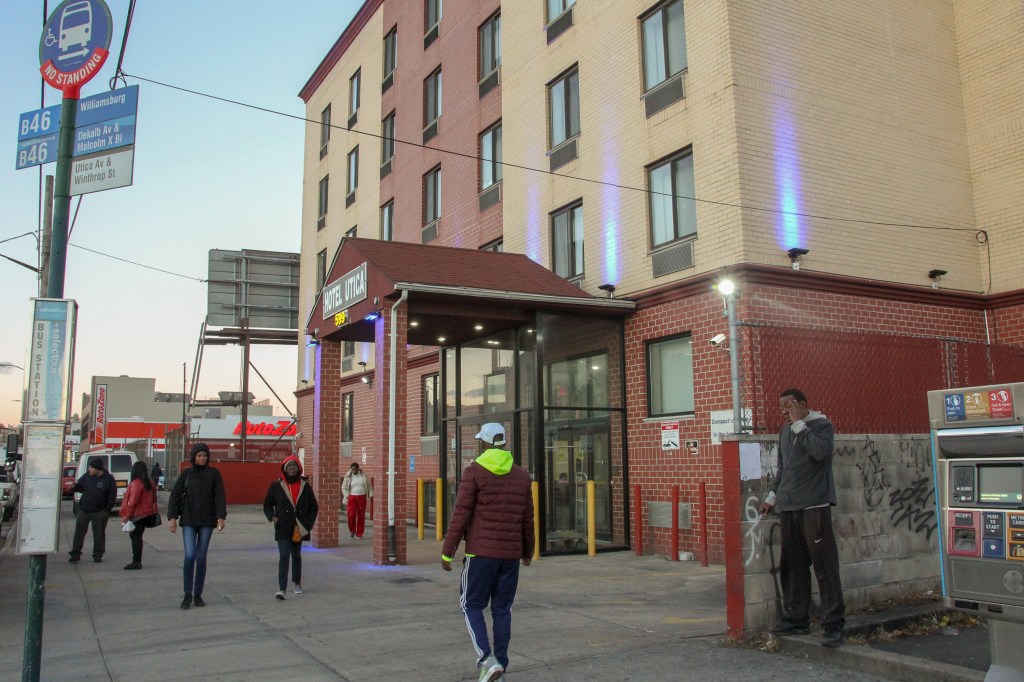








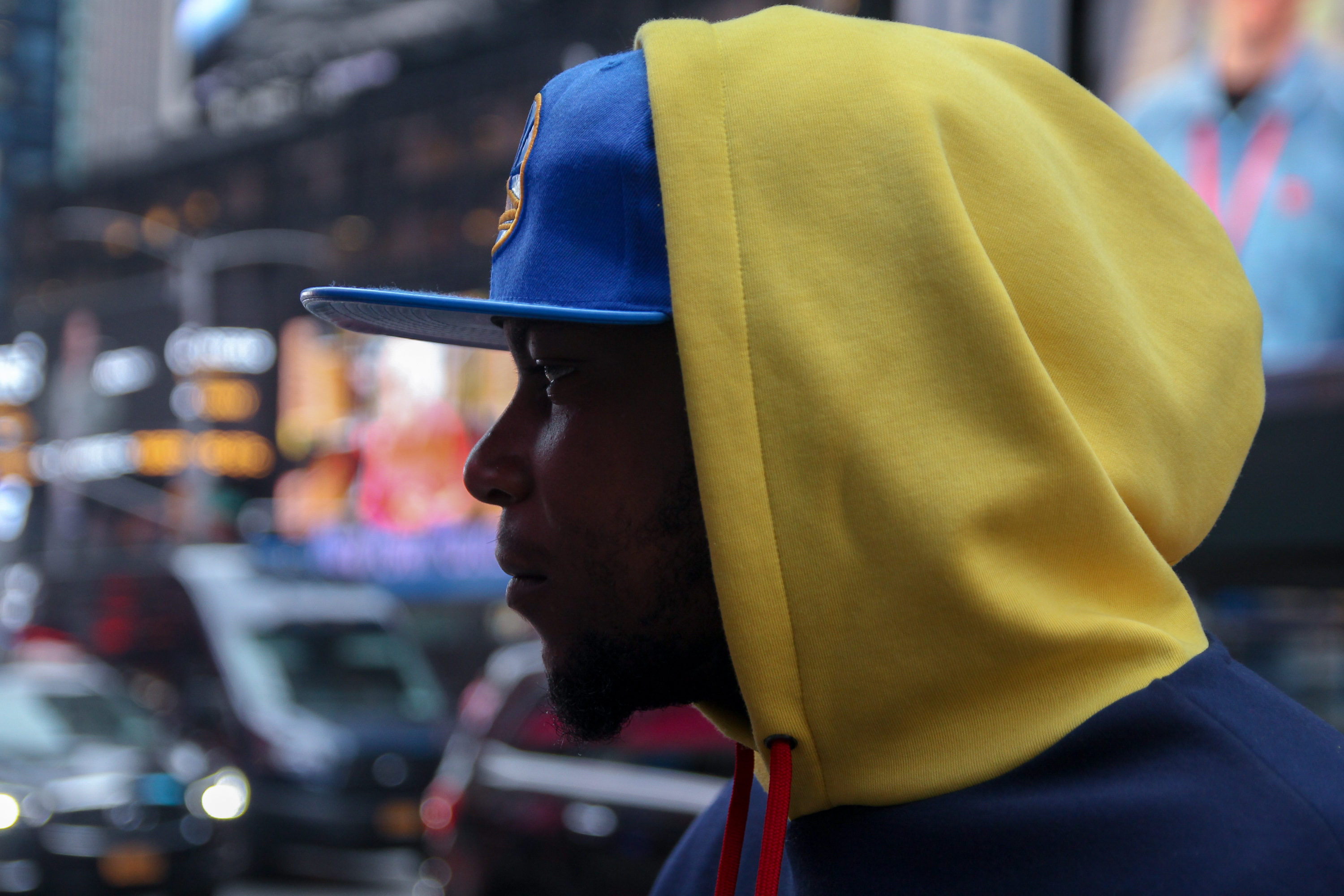

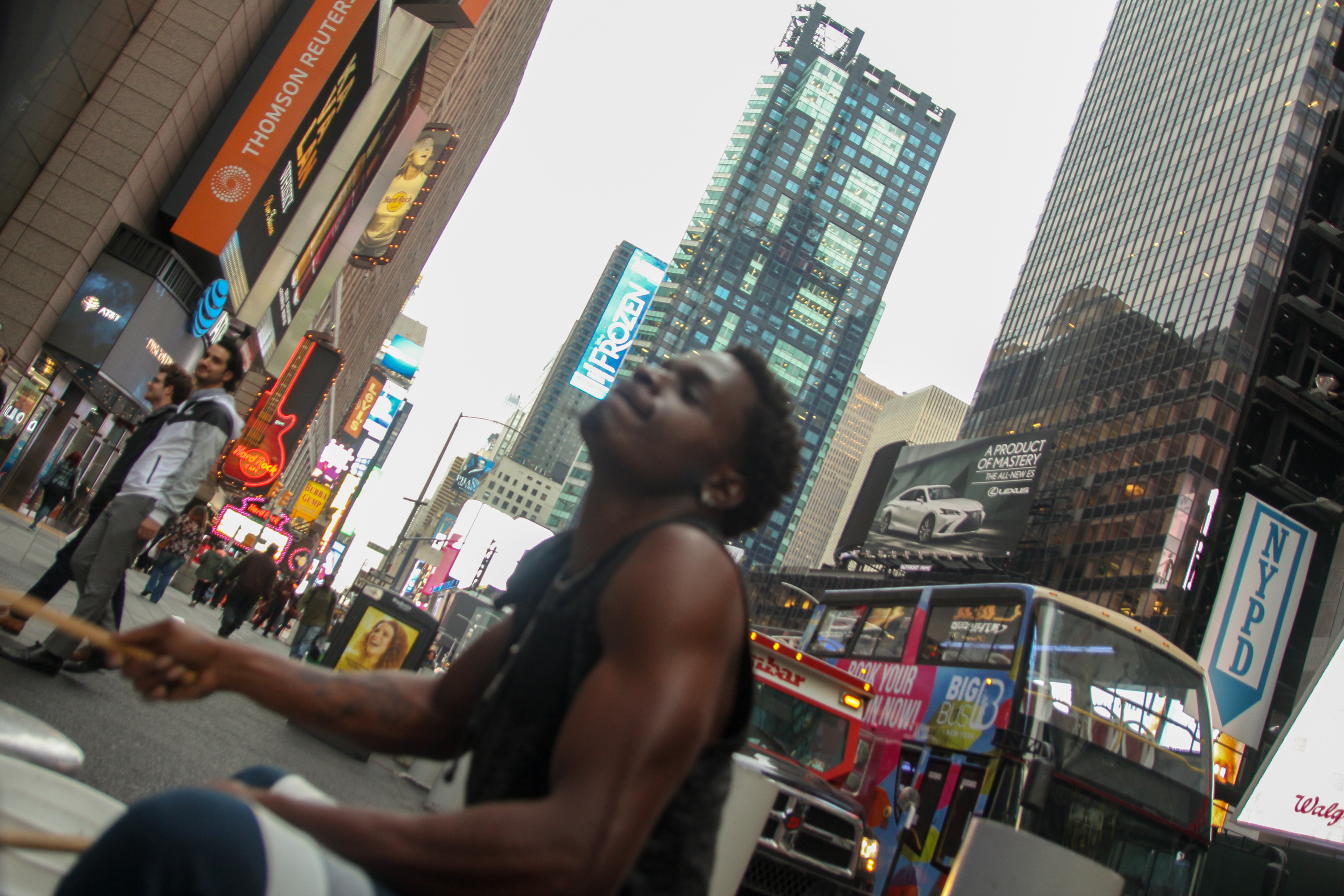
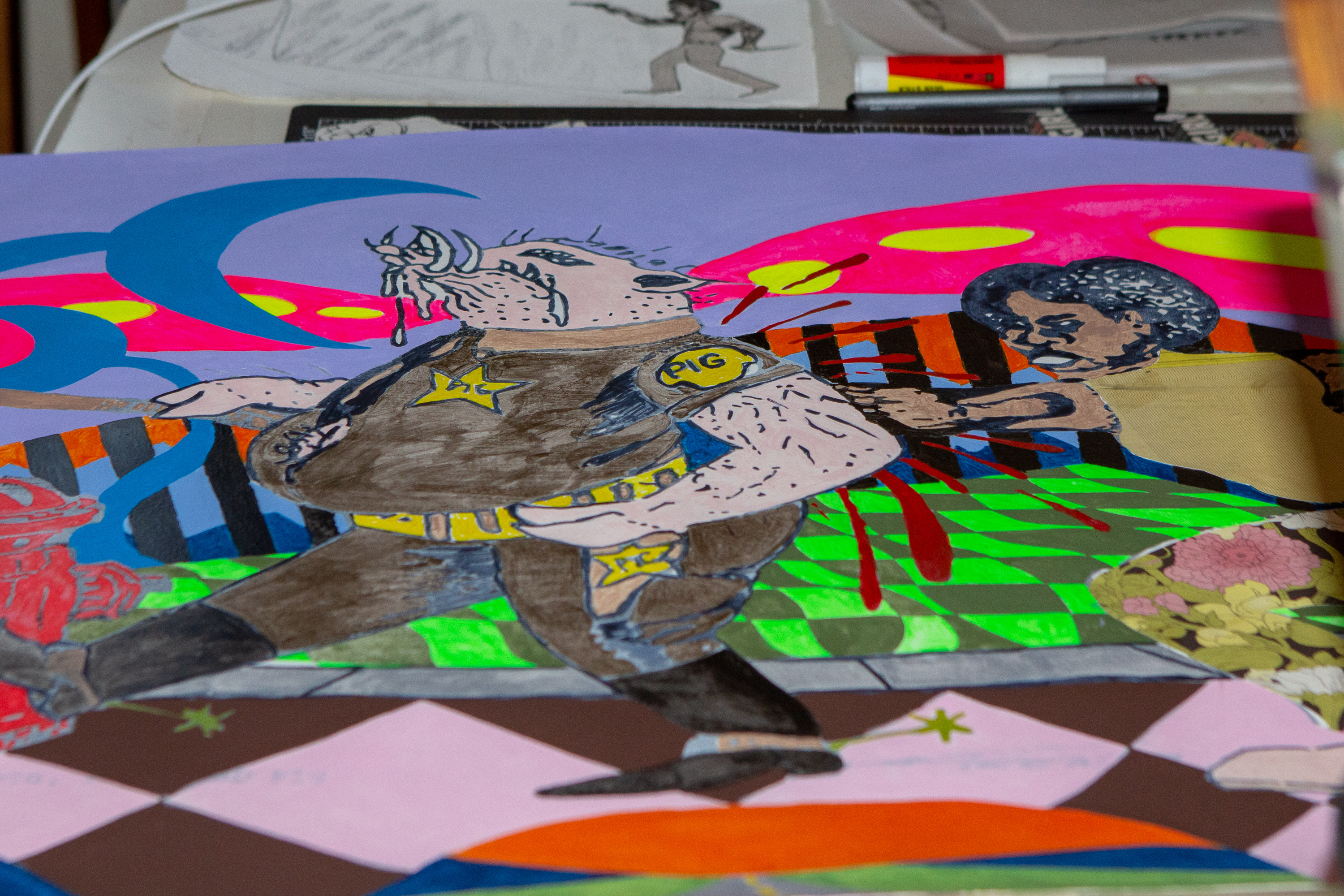


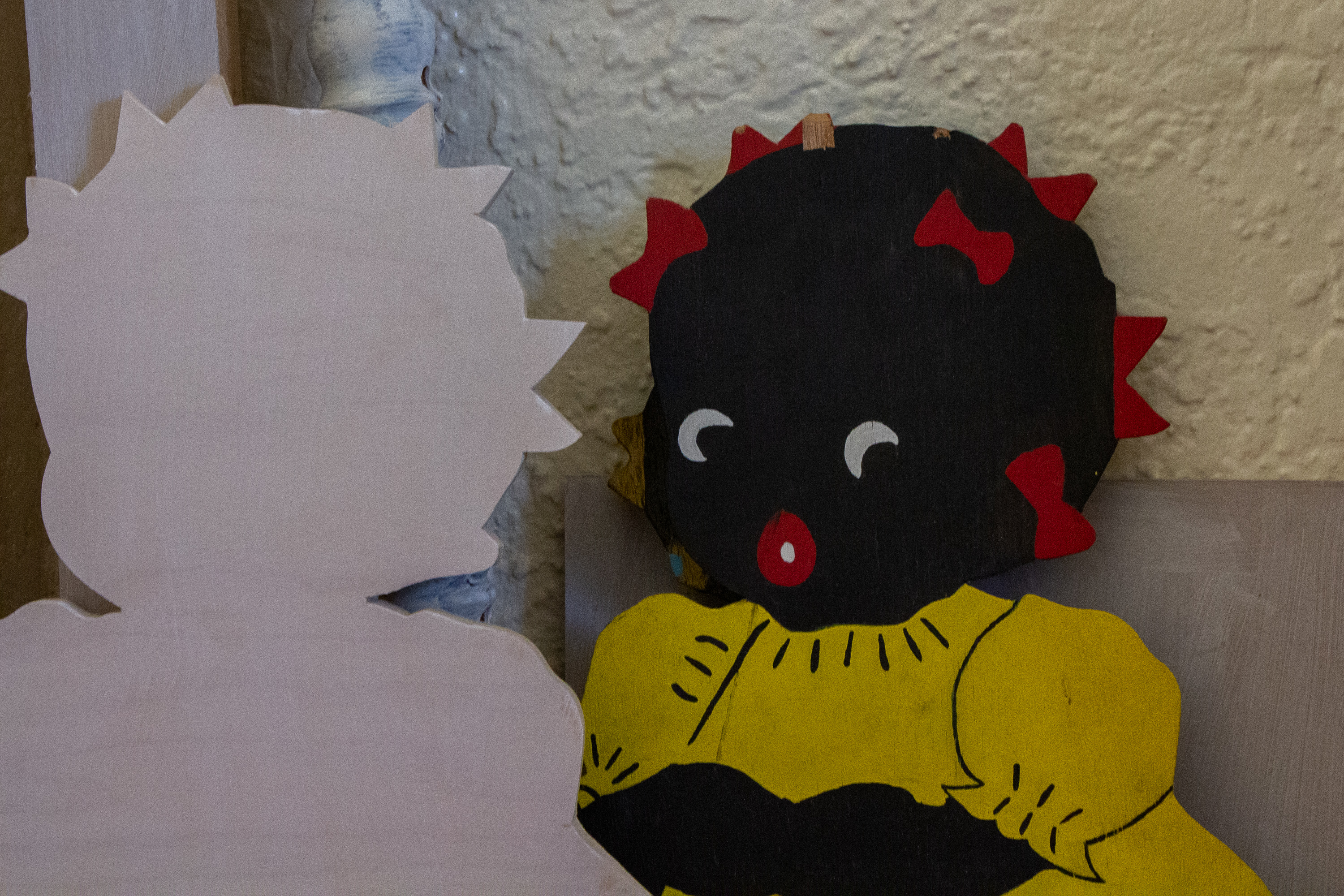



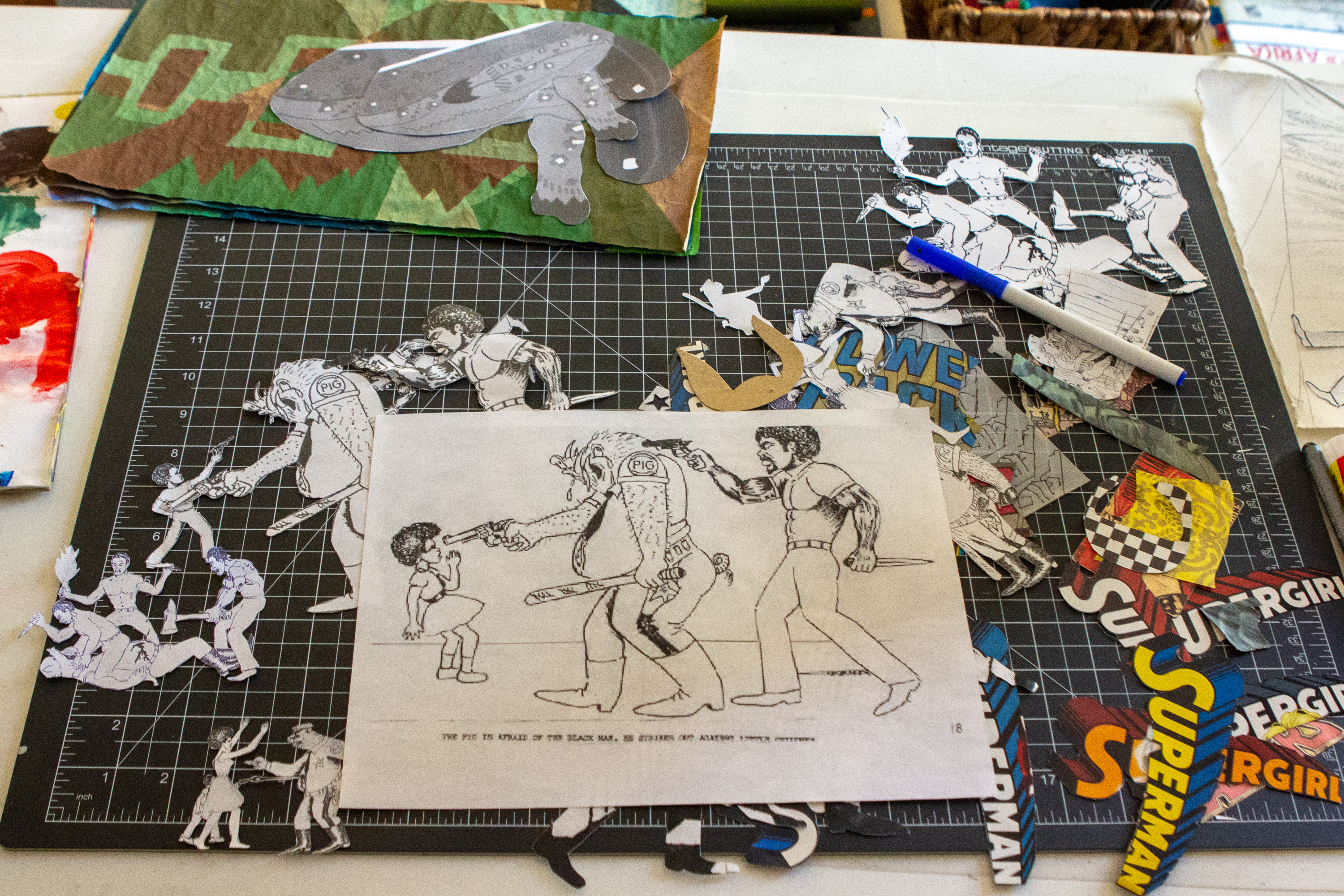
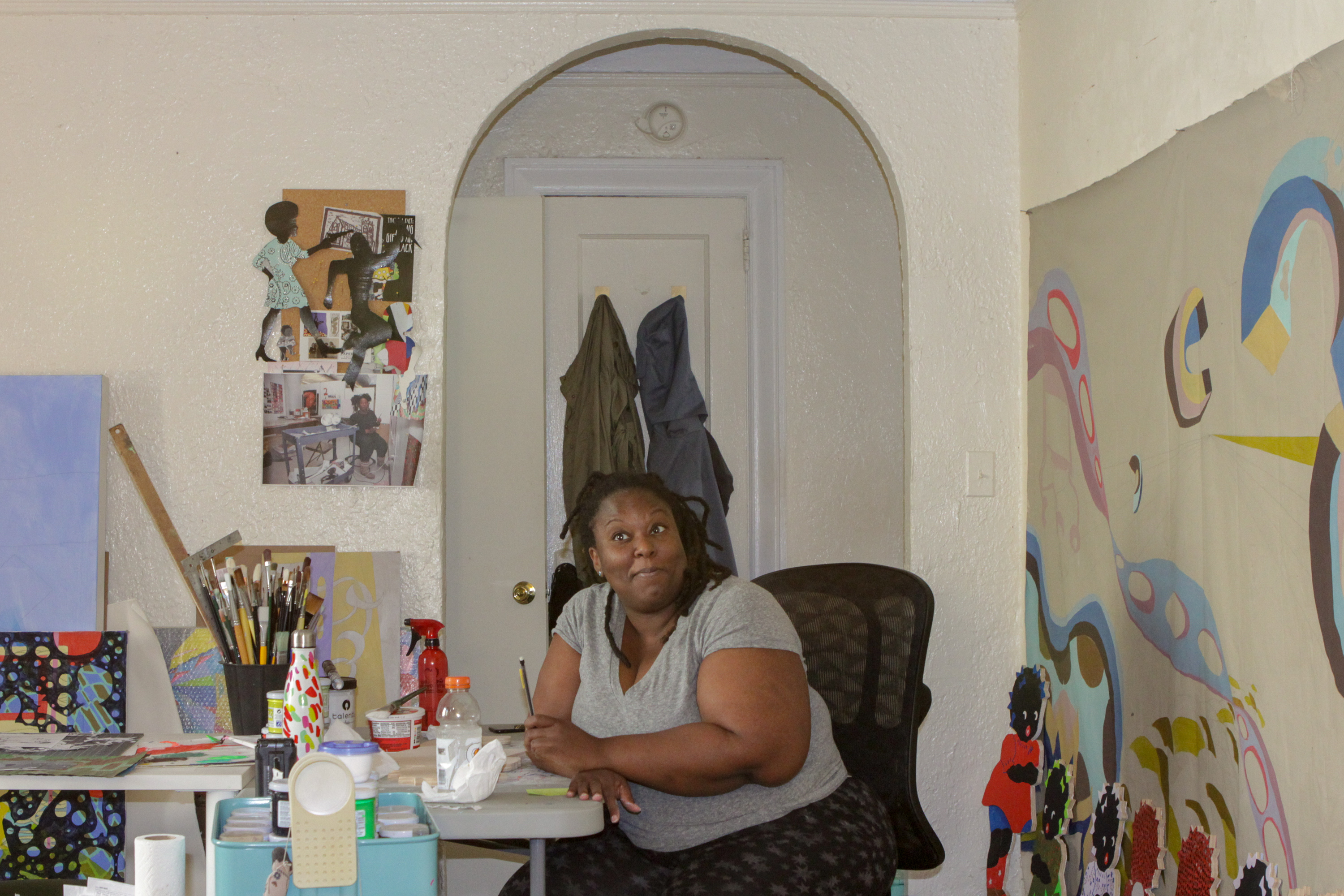
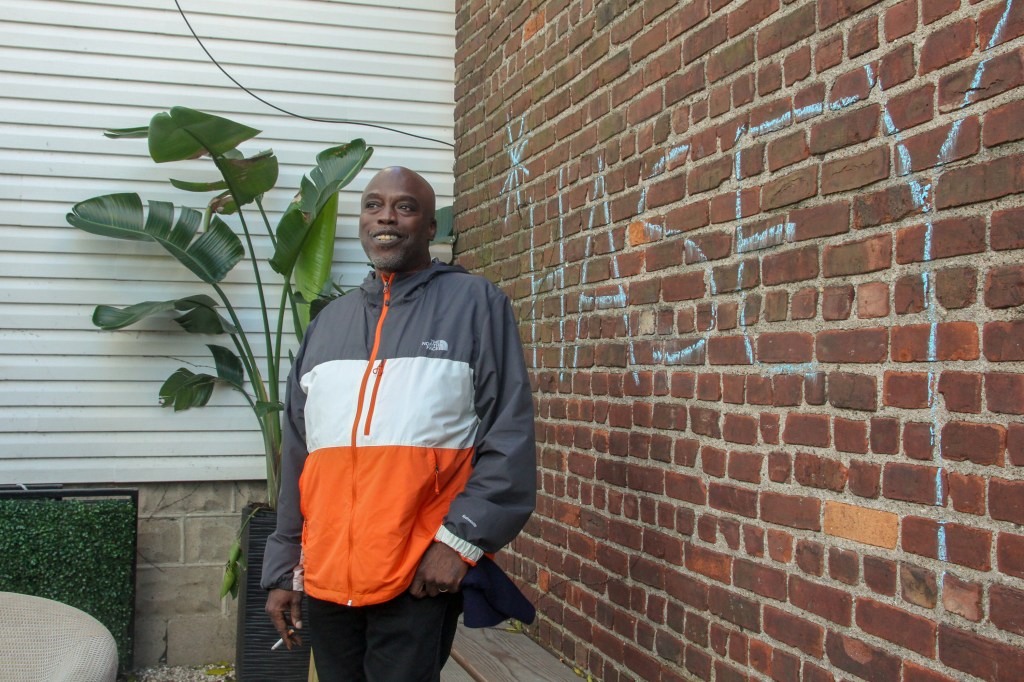



Hi there, I enjoy reading through your article.
I like to write a little comment to support you.
Hey are using WordPress for your site platform?
I’m new to the blog world but I’m trying to get started and create my own. Do you need any html coding knowledge to make your own blog?
Any help would be really appreciated!
Wow, wonderful blog structure! How long have you ever been blogging for?
you make blogging look easy. The overall look of your web site is excellent, let alone the content material!
It is the best time to make some plans for the future and it’s time to be happy.
I’ve read this submit and if I may just I wish to
recommend you some attention-grabbing things or advice.
Perhaps you could write next articles relating
to this article. I want to learn more things approximately it!
This article is totally incorrect about the Flatbush/East Flatbush being mostly black by the 1970’s. The neighborhoods were still very mixed way into the 1980’s. I have lived in Flatbush and East Flatbush my entire life and my family has lived here since the 1880’s. Another bit of information: whites did not buy properties and sell to blacks. The real estate companies came into the neighborhoods where whites lived and scared most of them into selling by saying that they should sell before their property values went down (since the real estates were selling to blacks). It weas called “block busting”. Do better research next time.
Thanks for reading.
Wow! This is very informative and very real!
Very nicely put together!! Real talk a dis!